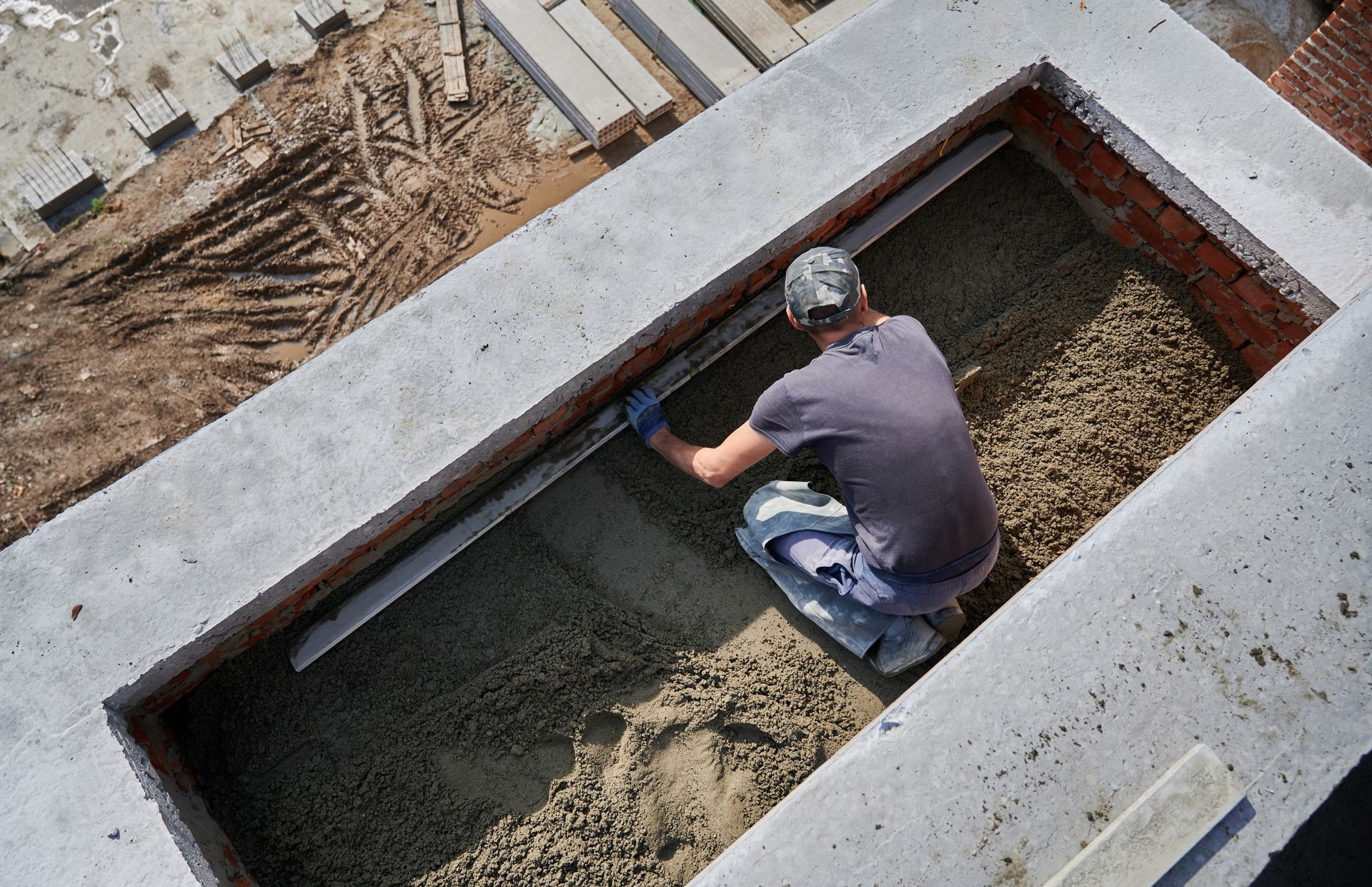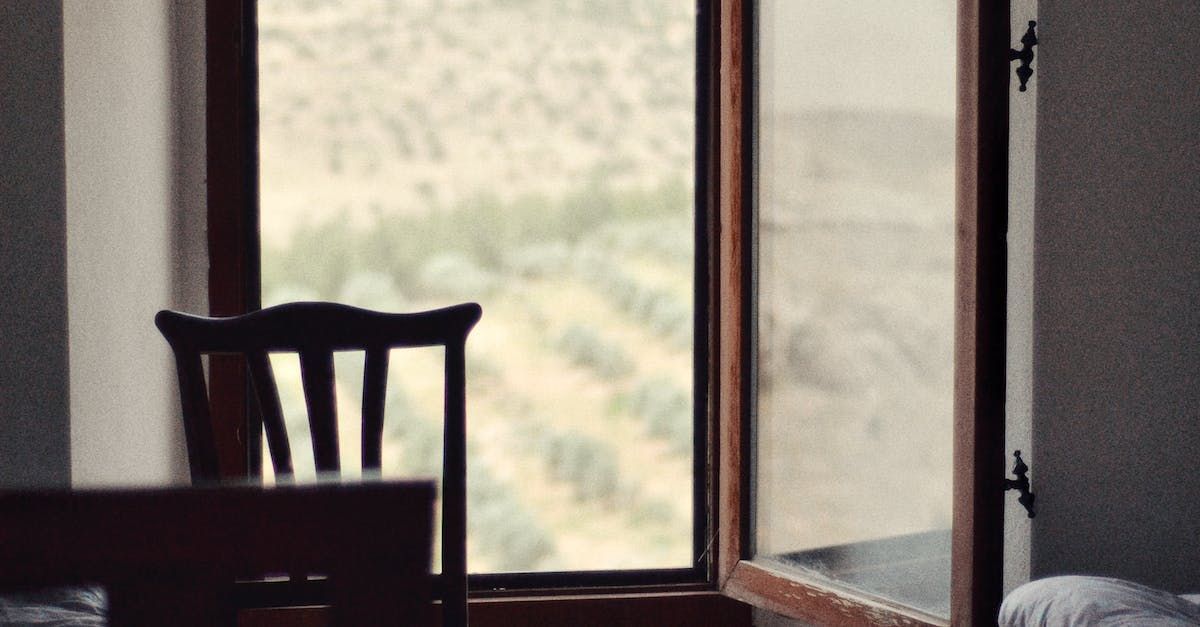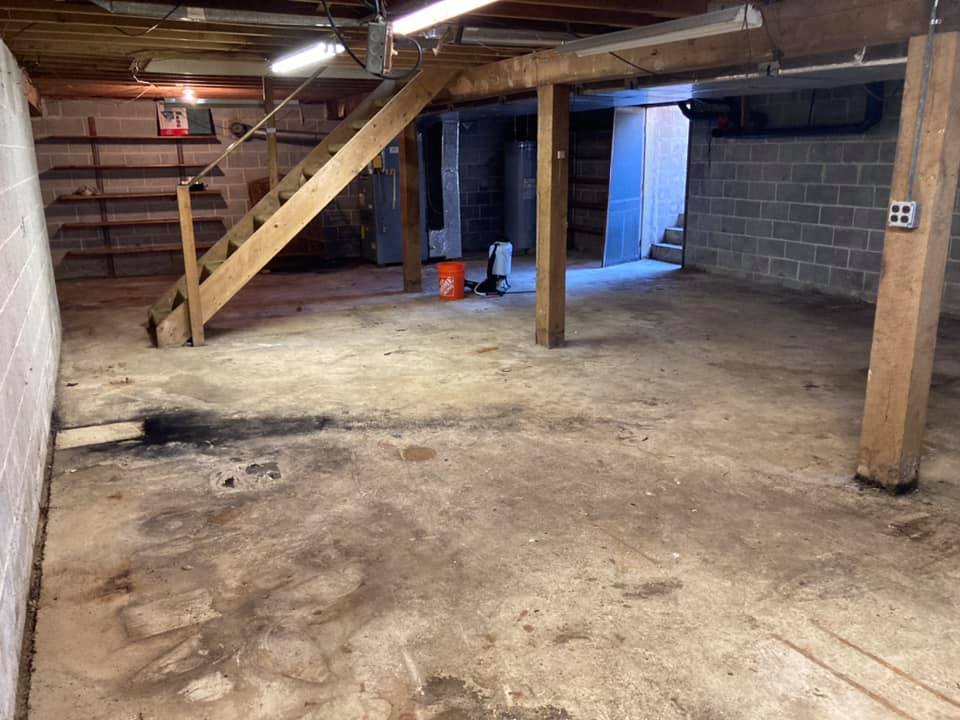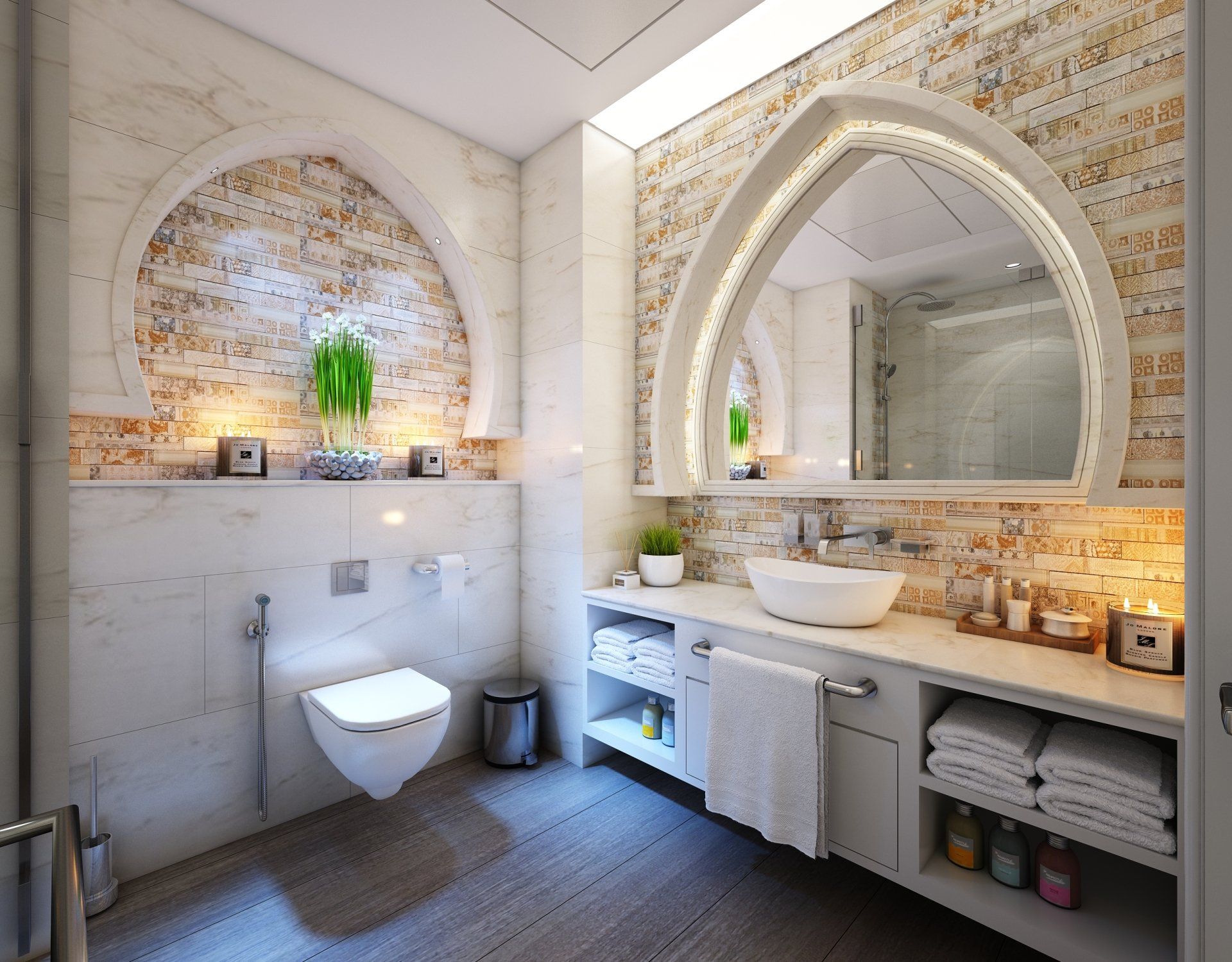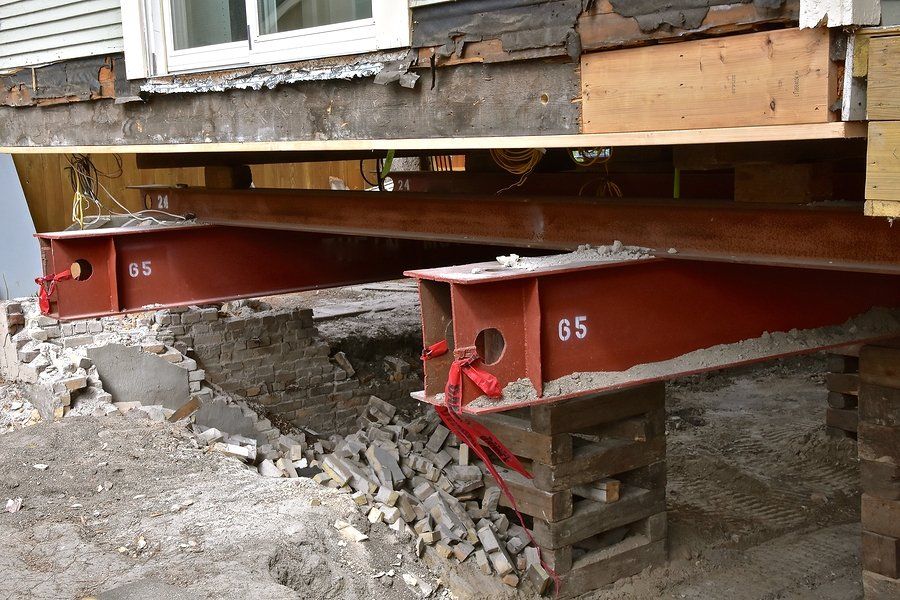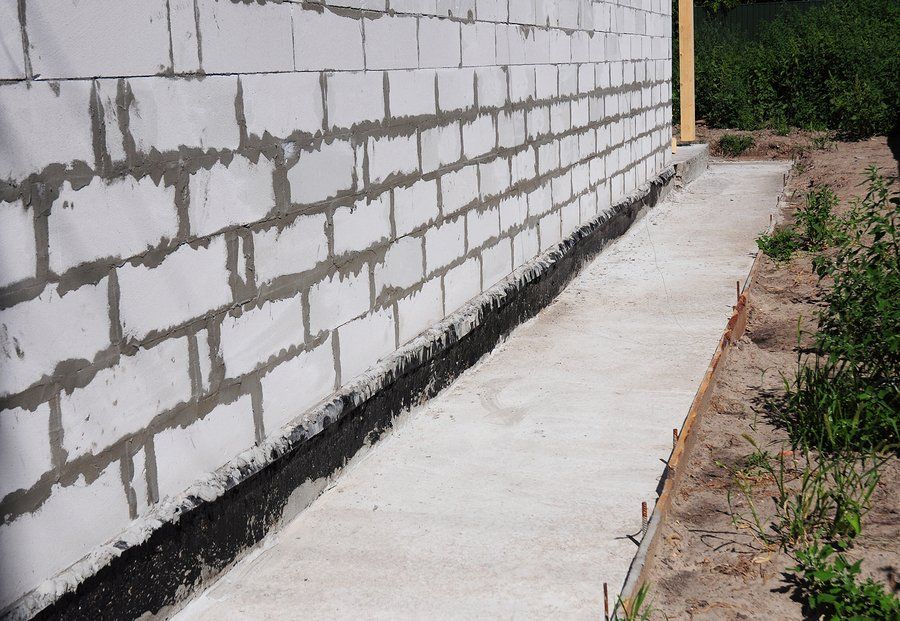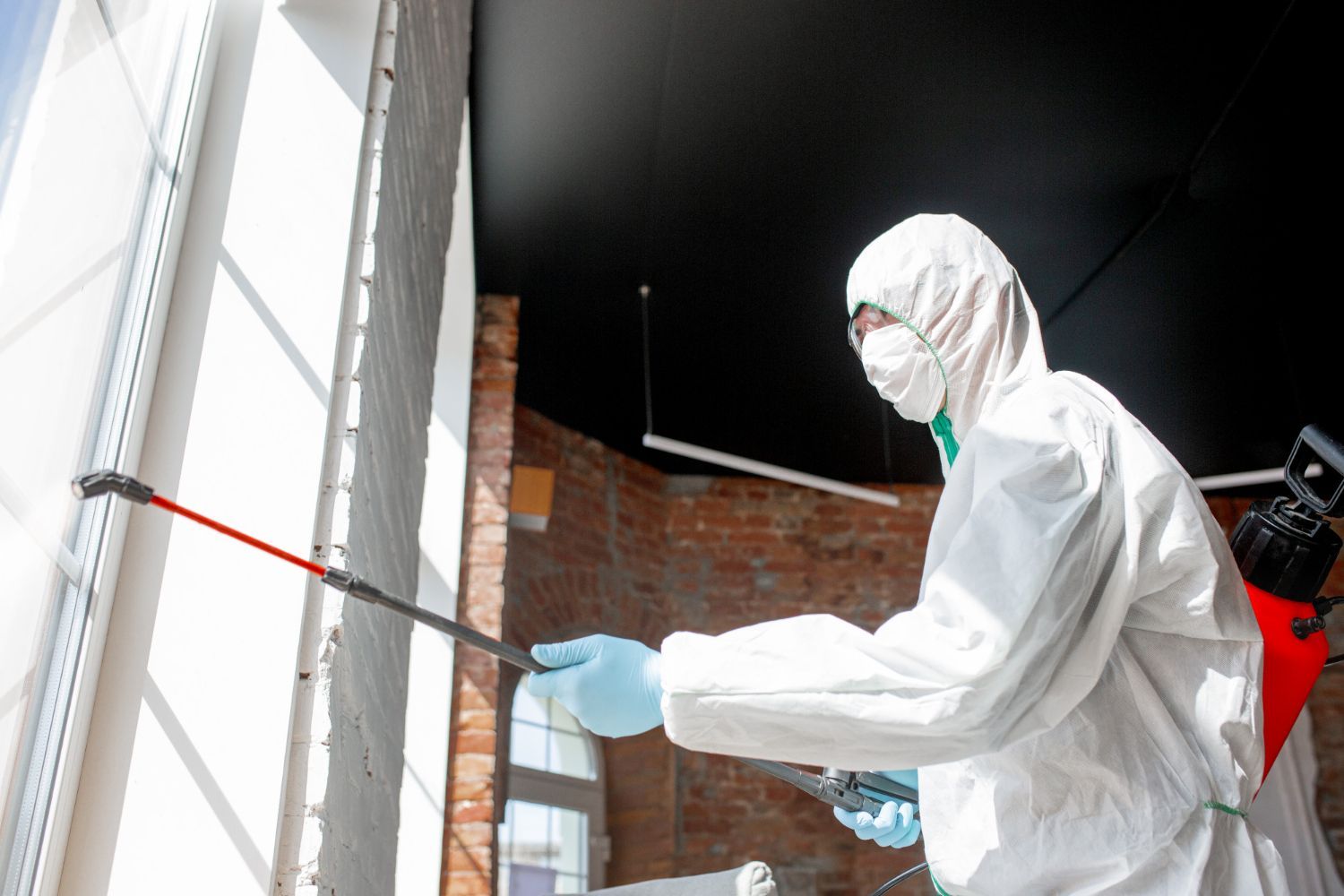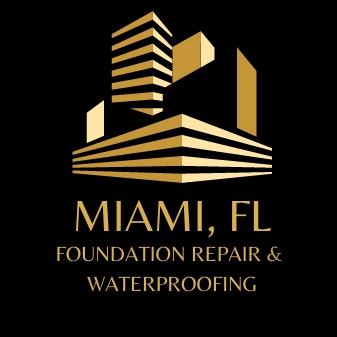What is Waterproofing? Every Aspect of Waterproofing Explored
Comprehensive Guide to Waterproofing: Methods, Benefits, Technologies, and Historical Insights
Waterproofing: it’s the unsung hero of modern construction and home maintenance. It's the invisible shield that protects our homes and buildings from the relentless attack of water.
If you’ve ever walked into a dry basement during a storm or marveled at a skyscraper that defies the monsoon, you have waterproofing to thank.
But what exactly is waterproofing, and why is it such a big deal? Let’s dive in and explore every nook and cranny of this fascinating topic, waterproof boots on, of course!
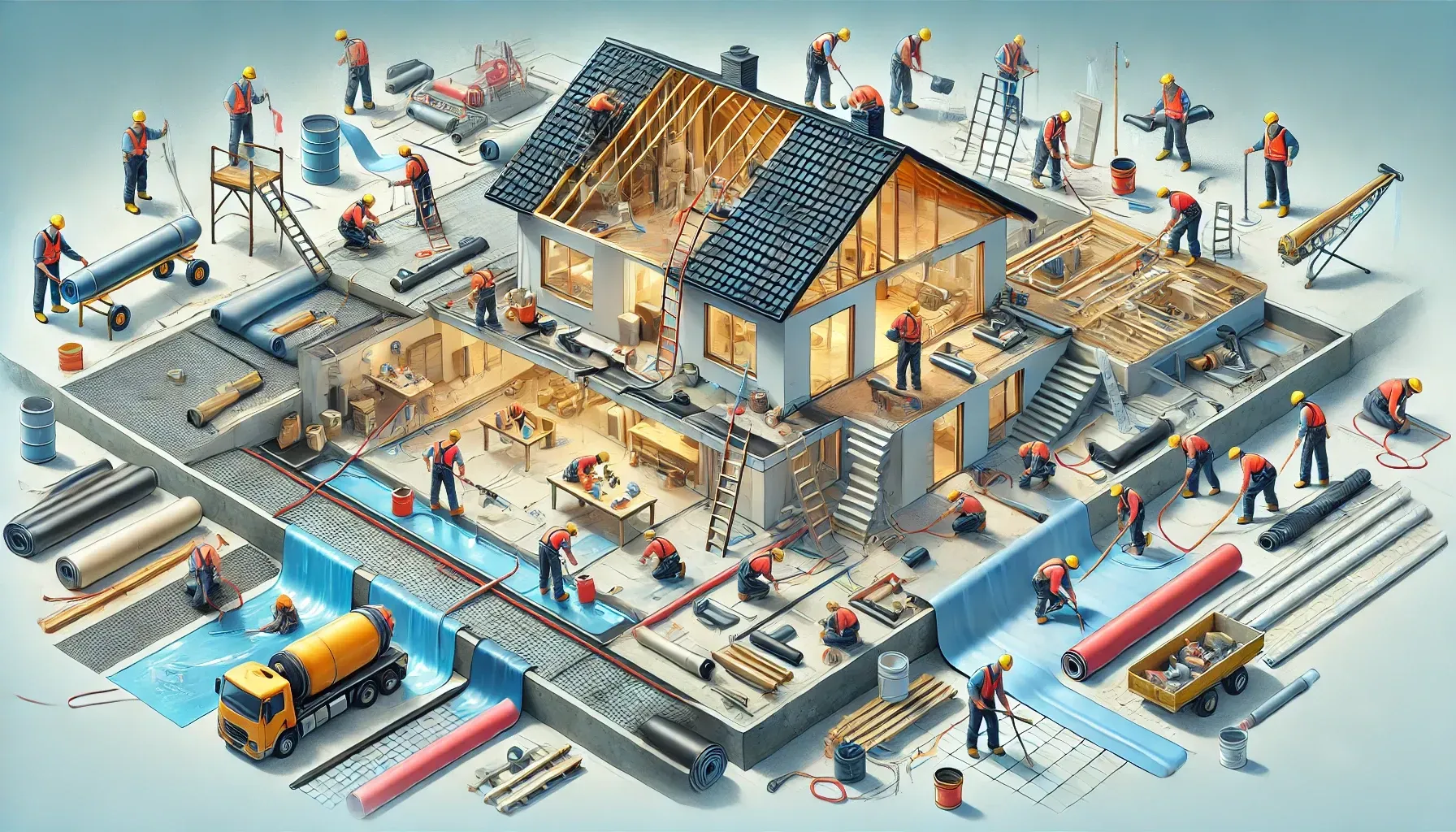
What is Waterproofing?
At its core, waterproofing is the process of making an object or structure resistant to water ingress. It’s like giving your building a raincoat, ensuring it stays dry and safe no matter how hard the storm rages.
From homes to bridges, waterproofing ensures that structures stand the test of time against water damage.
Waterproofing is not limited to just homes; it’s a critical part of infrastructure projects like tunnels, dams, and even ships.
It involves a combination of techniques and materials designed to prevent water from penetrating surfaces, ensuring long-term durability and safety.
It’s an intricate science that involves understanding the properties of water, materials, and the specific needs of the structure being waterproofed.
Imagine spilling a glass of water on your favorite book. Without waterproofing, the pages soak up the liquid, leaving you with a soggy, unreadable mess.
With waterproofing, the water beads up and rolls away, leaving your book pristine, a small miracle, if you ask us.
What is the Purpose of Waterproofing?
Waterproofing isn’t just about keeping things dry. It’s about ensuring the longevity and functionality of structures.
Water is a deceptively powerful force. Left unchecked, it can seep into materials, causing erosion, decay, and structural failures. Here are the core purposes of waterproofing:
Preserving Structural Integrity: Water can sneak into cracks, freeze, expand, and wreak havoc on foundations, walls, and other structural components.
Waterproofing prevents this process, protecting the strength and stability of buildings.
Preventing Mold and Mildew: Where there’s water, there’s usually mold. Waterproofing keeps these unwelcome guests at bay, ensuring your home or building remains healthy and odor-free.
Protecting Indoor Air Quality: By blocking moisture, waterproofing reduces allergens and respiratory irritants that thrive in damp environments.
Saving Money on Repairs: Water damage can lead to costly repairs. Waterproofing is the ultimate preventive measure, saving you money in the long run by avoiding major restoration projects.
Enhancing Comfort and Safety: Waterproofing ensures that spaces like basements, bathrooms, and roofs remain dry, comfortable, and safe for use, even during heavy rain or flooding.
Benefits of Waterproofing for Homes and Buildings
Waterproofing is like insurance for your property, a small investment today can save you from massive headaches tomorrow. Here are the most impactful benefits of waterproofing for homes and buildings:
Increases Property Value: A waterproofed basement or roof makes a home more attractive to buyers.
It signals to potential owners that the property has been well-maintained and is protected against water damage.
Moreover, waterproofing can improve the aesthetics of a property by preventing unsightly stains and damage caused by leaks.
Energy Efficiency: A well-sealed building keeps indoor temperatures stable, reducing heating and cooling costs.
Moisture can disrupt insulation’s effectiveness, making waterproofing crucial for energy-conscious homeowners.
By reducing humidity levels, waterproofing also reduces the strain on HVAC systems, further lowering energy consumption.
Longevity of Structures: Waterproofed structures last longer because they are protected from the wear and tear caused by water infiltration.
This means fewer repairs and replacements over time. Waterproofing also protects critical components like steel reinforcements and electrical systems from corrosion and damage, ensuring the entire structure remains functional and safe.
Peace of Mind: Knowing your home or building is safe from water damage is invaluable. Waterproofing provides the confidence that your property can withstand the elements, even in extreme conditions.
This peace of mind extends to protecting valuable possessions and memories stored in areas like basements or attics.
Reduction in Health Risks: Waterproofing minimizes the risk of mold, mildew, and dampness-related issues that can harm occupants' health, especially those with allergies or respiratory conditions.
A dry environment also reduces the likelihood of pests like termites and cockroaches, which thrive in damp conditions.
Types of Waterproofing Methods
Waterproofing isn’t a one-size-fits-all affair. Different problems call for different solutions. Understanding the types of waterproofing methods available can help you choose the best solution for your specific needs:
Liquid Waterproofing Membrane
This is a thin coating applied with a spray, roller, or trowel. It’s like painting a protective shield on your surface.
Liquid membranes are flexible and adapt to minor movements in the structure, making them ideal for roofs, walls, and even foundations.
Advanced liquid membranes often include additives to improve UV resistance and chemical durability, making them suitable for a wide range of applications.
Cementitious Waterproofing
A favorite in bathrooms and water tanks, this method involves applying a mix of cement-based compounds that harden to form a water-resistant layer. It’s economical, easy to apply, and widely used in areas with constant water exposure.
Cementitious waterproofing is highly durable and often reinforced with polymers for enhanced flexibility and crack resistance.
Bituminous Waterproofing
Using asphalt-like substances, this method is popular for roofs and underground structures. Bitumen’s waterproofing capabilities are unmatched, and it can be applied in rolls, sheets, or liquid form.
This method is particularly effective for flat roofs, where water pooling can be an issue, and can be reinforced with fiberglass or polyester for added strength.
Polyurethane Waterproofing
The MVP for flat roofs and exposed surfaces, thanks to its flexibility and durability. Polyurethane is especially effective in areas prone to water pooling, as it forms a seamless, watertight barrier.
Its ability to adhere to various surfaces, including concrete, wood, and metal, makes it a versatile choice for complex architectural designs.
Sheet Membranes
Prefabricated sheets of waterproof material, such as PVC or rubber, are applied to surfaces. These membranes are excellent for large-scale projects like swimming pools, basements, and tunnels.
Sheet membranes are highly reliable as they offer consistent thickness and quality, reducing the chances of application errors. They are often paired with adhesive systems to ensure a secure bond.
Waterproofing Technologies
Technology has taken waterproofing to the next level. From self-healing membranes to nanotechnology, the options are mind-blowing. Here’s a closer look at some of the latest innovations:
Self-Healing Concrete: This advanced material uses bacteria or chemical agents to repair cracks when exposed to water.
These agents activate upon contact with moisture, sealing the crack and restoring the waterproof barrier. This innovation is particularly valuable in high-stress structures like bridges and tunnels.
Spray Polyurea Coatings: High-performance spray coatings that provide quick and durable waterproofing solutions for roofs, decks, and even bridges.
Polyurea is highly resistant to chemicals, abrasion, and extreme weather, making it ideal for industrial and commercial applications.
Smart Waterproofing Systems: These systems use sensors to detect leaks and notify homeowners via apps, enabling quick intervention before damage occurs. They can also monitor humidity and temperature levels, providing comprehensive data to ensure optimal waterproofing performance.
Nanotechnology: Nanoparticles are incorporated into coatings to create ultra-thin, water-repellent barriers that are both effective and invisible to the naked eye.
These coatings are highly resistant to wear and offer long-lasting protection for a wide range of surfaces, from textiles to building materials.
Green Waterproofing Solutions: Eco-friendly options such as bio-based membranes and recycled materials are gaining traction.
These solutions reduce the environmental impact of waterproofing projects while maintaining high performance.
What are Waterproofing Materials?
Waterproofing wouldn’t be possible without the right materials. Here are the stars of the show:
Bitumen: A sticky, black substance used in membranes and coatings. Its natural water resistance makes it a go-to material for many applications.
EPDM Rubber: Flexible, durable, and perfect for roofs. It withstands extreme temperatures and UV exposure, making it highly versatile.
PVC Membranes: These synthetic plastic sheets are ideal for pools, basements, and other high-moisture areas.
Sealants: Silicone and polyurethane sealants are used to fill gaps and cracks, ensuring that no water can penetrate.
Fun fact: Ancient builders used natural tar and pitch for waterproofing. Talk about being ahead of their time!
History and Evolution of Waterproofing Techniques
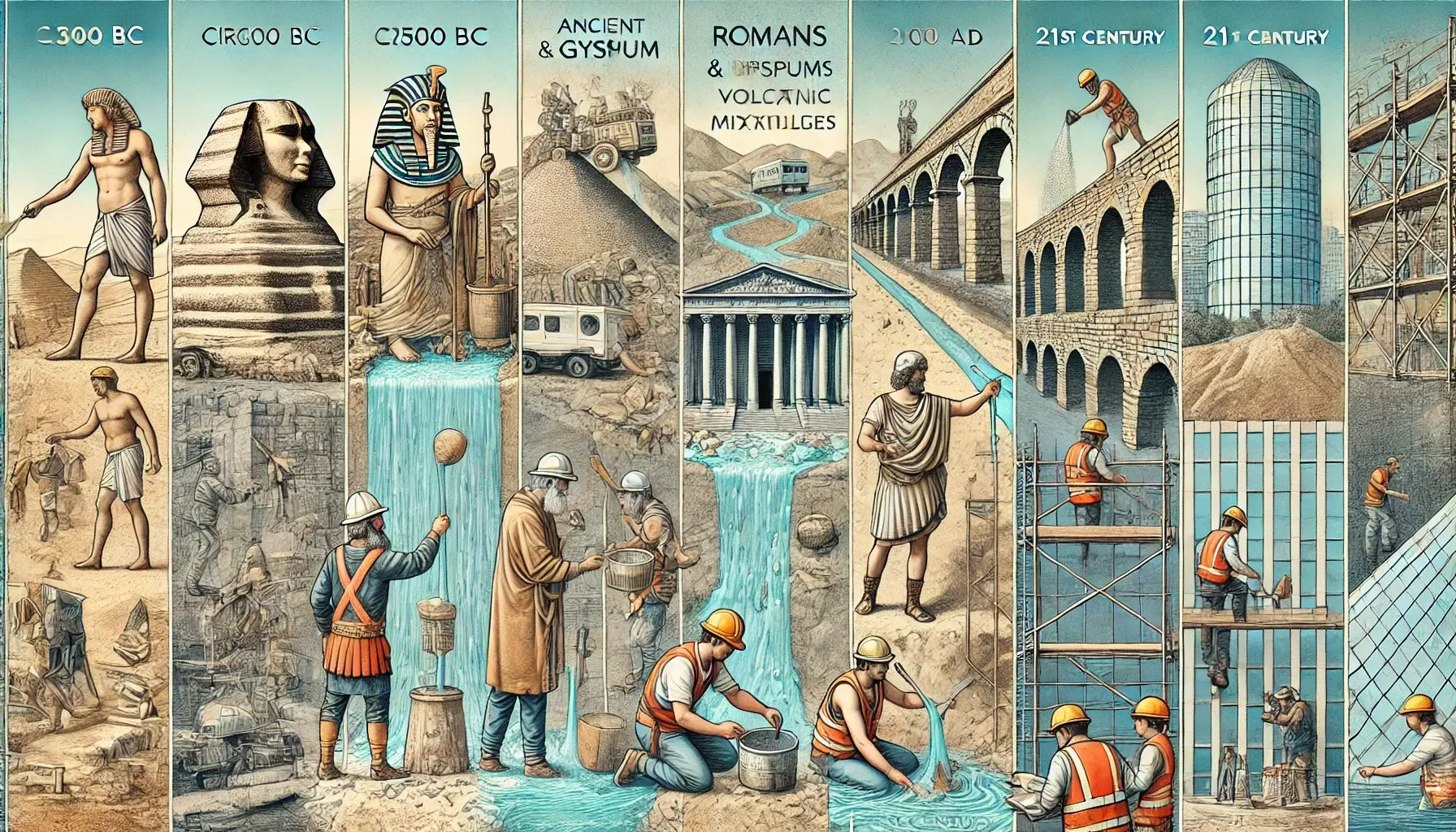
Waterproofing isn’t a modern invention. Let’s take a stroll through history:
Ancient Egypt: The pyramids were built with lime and gypsum to repel water, ensuring their preservation for millennia.
Roman Empire: Romans used a mix of volcanic ash and lime to make their aqueducts watertight. Their innovations in concrete and hydraulic systems were groundbreaking.
19th Century: The industrial revolution brought bitumen and rubber into the waterproofing world, revolutionizing modern construction techniques.
Modern Era: Advanced polymers, nanotechnology, and self-healing materials now dominate the field, pushing the boundaries of what waterproofing can achieve.
Common Myths About Waterproofing
Let’s debunk some tall tales about waterproofing:
- Myth: Waterproofing is a one-and-done deal. Reality: Like your car, waterproofing needs regular maintenance to remain effective.
- Myth: All waterproofing materials are the same. Reality: Each material has its strengths and weaknesses, and the choice depends on the specific application.
- Myth: DIY waterproofing is just as good as professional work. Reality: Would you fix a cavity yourself? Waterproofing requires expertise and precision that professionals bring to the table.
Common Challenges and Problems in Waterproofing
Waterproofing isn’t without its hurdles. Common issues include:
Improper Application: A rushed or poorly executed job can lead to leaks and failures.
Choosing the Wrong Method: Not every solution works for every problem. Selecting the wrong method can compromise the waterproofing’s effectiveness.
Aging Materials: Waterproofing layers don’t last forever. Regular inspections and updates are necessary to maintain their integrity.
The Role of Professionals in Waterproofing Projects
Hiring experts is the smart move when it comes to waterproofing. Professionals bring:
Experience: They understand the nuances of various methods and materials, ensuring the best solution for your project.
Advanced Tools: From thermal imaging to high-tech sealants, professionals have the equipment to diagnose and fix issues effectively.
Peace of Mind: No second-guessing your work, just reliable, lasting results that stand the test of time.
Maintenance and Care of Waterproofed Surfaces
Even the best waterproofing needs a little TLC. Here’s how to keep things in tip-top shape:
Inspect Regularly: Look for cracks, bubbles, or other signs of wear. Early detection can save you from bigger issues later. Perform inspections after major weather events to identify any new damage caused by heavy rain or wind.
Clean Surfaces: Debris can wear down waterproof coatings, so regular cleaning is essential. Use gentle cleaning agents to avoid damaging the protective layers, especially on sensitive materials like rubber or polyurethane.
Address Issues Promptly: A small leak today can become a big problem tomorrow. Timely repairs are crucial. Keep repair kits or contact information for professionals on hand for emergencies.
Reapply Coatings: Waterproofing doesn’t last forever. Keep your surfaces protected by reapplying coatings as needed. Follow the manufacturer’s guidelines on reapplication intervals to ensure optimal performance.
Maintain Drainage Systems: Proper drainage is essential to prevent water from pooling near waterproofed surfaces. Clean gutters, downspouts, and drains regularly to ensure water flows away from the structure.
Professional Inspections: Schedule periodic assessments by waterproofing professionals to ensure your system remains effective. They can identify hidden issues and recommend upgrades or repairs to extend the life of your waterproofing.
Wrapping It Up
Waterproofing might not be the flashiest part of homeownership, but it’s one of the most crucial. It protects your property, saves money, and gives you peace of mind.
Whether it’s basement waterproofing, water sealing your basement, or a full-on waterproofing and foundation repair project, investing in this essential service is always worth it.
So next time you see a building standing tall in a storm, give a little nod to the waterproofing pros who made it happen. And if you’re looking to keep your own castle dry, don’t hesitate to call the experts. Remember: a dry home is a happy home!
Key Takeaways
Waterproofing Protects Structural Integrity
Waterproofing prevents water from seeping into cracks, freezing, expanding, and damaging foundations, walls, and other structural components.
Waterproofing Enhances Longevity
Proper waterproofing increases the lifespan of buildings and structures by protecting them from water-related wear and tear.
Versatility of Methods and Materials
There are various waterproofing techniques and materials, such as liquid membranes, cementitious coatings, bitumen, and sheet membranes, each tailored for specific needs.
Waterproofing Improves Health and Safety
By preventing mold, mildew, and dampness, waterproofing safeguards indoor air quality and minimizes health risks.
Technology Drives Modern Waterproofing
Innovations like self-healing concrete, nanotechnology, and smart waterproofing systems ensure greater efficiency and effectiveness in protecting structures
.
Maintenance is Essential
Even the best waterproofing solutions require regular inspections, cleaning, and reapplications to maintain their effectiveness over time.
Professional Expertise Matters
While DIY waterproofing may seem cost-effective, professionals bring the experience, tools, and knowledge needed for lasting and reliable results.
If you've made it this far, you have probably read all of it and We are sure, if you liked this one, a detailed guide on
Foundation Repair will be a fun read as well. So check it out!

